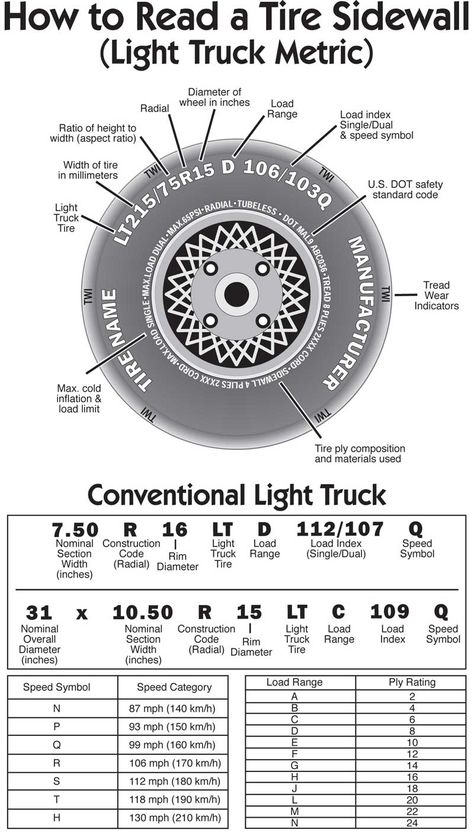Every year, individuals and corporations scrap, replace, or dump about 1 billion tires worldwide. In 2017, the United States generated 249.4 million scrap tires alone. In the coming years, this number will grow, thanks to economic improvements in developing countries and cheaper vehicles.
Unfortunately, Tires aren’t easy to dispose of. Depending on the type, they can take more than 80 years to decompose.
Enter tire shredding and recycling. This relatively new practice has made a significant impact on scrap tires worldwide. In fact, between 1990 and 2015, tire recycling helped reduce an excess of 1 billion scrap tires to about 67 million.
Table of Contents
Tire shredding prepares scrap tires for disposal and/or recycling. It also gives businesses the opportunity to make money off of their rubber scrap, rather than pay someone else to remove and dispose of it.
In addition, tire shredding and recycling provides an affordable and effective way to manage scrap rubber of all types, including off-the-road (OTR) tires, or otherwise known as mining tires. It also helps reduce rubber waste as a whole and encourages sustainability.
In many places, it’s illegal to dispose of scrap tires by burying them or tossing them in a landfill. Before dumping, most states require individuals and businesses to shred tires into chips or strips of various sizes.
To save money and cut corners, many businesses leave their scrap tires on public land. This is because it’s legal to dispose of solid waste on government-owned property. Many times, these large piles of scrap tires sit unprocessed for decades. This poses a serious fire safety threat and provides homes for mosquitoes and other pests to breed.
Many old tires also contain heavy metals and chemicals. As the tires break down, these metals and chemicals leach into the ground and enter the water supply.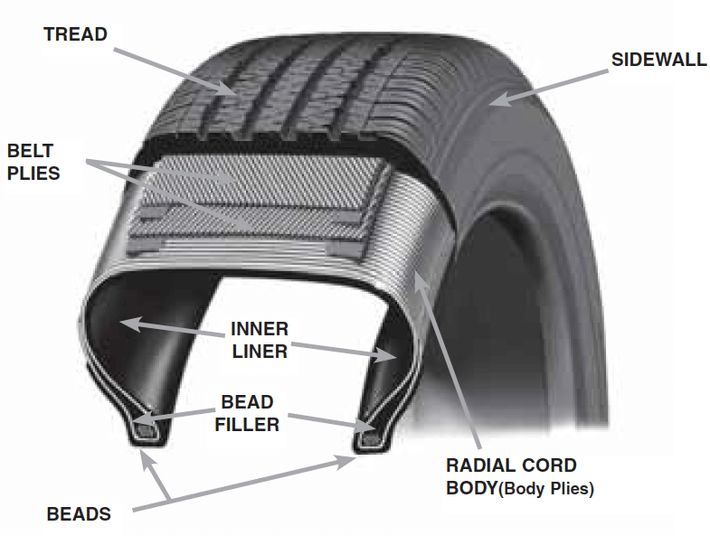 Tire shredding and recycling significantly decreases the risk of these problems and helps prevent overcrowding at landfills.
Tire shredding and recycling significantly decreases the risk of these problems and helps prevent overcrowding at landfills.
Thanks to modern technology and machinery, it’s possible to shred and recycle almost any type of tire, including OTRs (Mining Tires). Experts say Mining Tires represent only about 1% of the tire industry in unit volume, but they account for 15-20% in total weight.
Mining Tires can range from 300 to 14,000 pounds. They’re also packed with steel belts and wire beads which can make shredding difficult. Difficult, but not impossible.
Our Eco Extractor 63 is a machine capable of removing clean steel beads from the largest tires on earth. It features a proprietary design that allows one person to control it remotely, making it the fastest and safest way to mine tire beads period.
Our Eco Razor 63 unit also makes recycling mining tires possible. This machine utilizes patent-pending technology to remove valuable rubber from all sides of a tire. Afterward, you can process, package, and resell it. Or, you can convert quality rubber into other useful products such as water tanks or tire-derived fuel (TDF).
Afterward, you can process, package, and resell it. Or, you can convert quality rubber into other useful products such as water tanks or tire-derived fuel (TDF).
When it comes to tire shredding and recycling, we know you have hundreds of options to choose from. That said, very few of our competitors possess the same knowledge, experience, or expertise.
As the tire industry grows, so too does the need for efficient and affordable processing technologies.
Here at ECO Green, provide our customers with cutting-edge tire recycling equipment as well as comprehensive secondary market knowledge. These two factors help our clients’ thrive in today’s ever-changing marketplace.
To learn more about our low production costs, state-of-the-art equipment, and leading customer service, we encourage you to get in touch today. Call (801) 505-6841 or click here to fill out an online contact form. We look forward to serving you.
Sources:
A tire shredder is a huge machine that is designed to shred old tires. A shredder offers business opportunities as tire rubber can be used in a wide range of products, right from playground surfaces, lightweight construction fill to road surfacing and landscape mulch.
Securing Tires for Shredders
Before shredding tires, you need to first find the tires to shred. There are two ways to do this. The easiest method of acquiring tires is if you happen to work in the auto industry as you will have to change the tires at some point but you will also have to keep them lying around till you have enough money to dispose of them properly.
There are two ways to do this. The easiest method of acquiring tires is if you happen to work in the auto industry as you will have to change the tires at some point but you will also have to keep them lying around till you have enough money to dispose of them properly.
Another way of acquiring your tires is by staying in touch with any businesses that has tires. Have a word with the owners and arrange to dispose of their tires for them at lower cost than other disposal services, you can even offer to dispose of their tires at no cost as well.
You can use a tire shredder to make profit instead of simply disposing of the tires that will not only create revenue but also save environment.
Tire Shredders Make Resale Tire Crumb
There are different grades of shredded tire product on the market. Tire shredders are pretty tough and durable and can also be adjusted so that you can sell the shredded rubber particles right from your shredding machine.
With good quality tire shredders, you simply have to put car and truck tires into the feeder and the tire shredders will do the rest right from sizing it, cleaning it up and creating the quality product that your customers are looking for.
Some tire shredders are designed to break the rubber to bits, as well as separating the rubber pieces from the smaller steel bits. You don’t have to take it to another shredding service to shred your tires as well as reducing the labour involved.
This is a quick and easy way to gather up the tires that are lying around your customers houses or workplaces and make some extra money. This keeps the tires from ending up on the landfill. Most if not all industries tend to look for good quality tire crumb to better help and improve their processes and products. This will give you a lot of options in selling your tire crumb and finding the nearest buyers.
Making Concrete from Shredded Tires (Derived from Tire Shredders)
The Rubber crumbs that are obtained from shredded tires with the help of tire shredder are incorporated to make Recycled rubber roads.
Researchers have showed that the percentage of crack formation in rubberized concrete reduces by more than 90% as compared to normal concrete. The polymer fibres present in tire crumbs ameliorates resilience of concrete and hence makes it long lasting.
The polymer fibres present in tire crumbs ameliorates resilience of concrete and hence makes it long lasting.
Alternative Fuel to Coal for Making Cement
The connection between cement and rubber is quite complex, but cement companies have been burning rubber as part of the cement making process for more than 20 years.
This is one of the alternative uses of shredded tires. Once the tires are cut into tiny chips, the rubber chips are sent off to the cement kilns which benefits everyone as there is cleaner cement fuel being used as well as leads to no tire waste.
Secondary Products from Tire Shredders Can be Used as Follows:
Check your industry and community connections as the first place to resell your recycled tire materials. Some companies may expect you to have a tire shredder on site and shred the materials that are according to their requirements whereas other companies have tire shredders on-site and take entire tires off your hands.
Here are some places where to sell your tire shreds:
Civil Engineering Projects and Construction Backfill
Shoe Manufacturers
Rubber flooring designers
Athletic field suppliers
Asphalt laying terms
Sustainable landscaping outlets
Using and making money from these shredders is quite easy because shredded tires are in demand.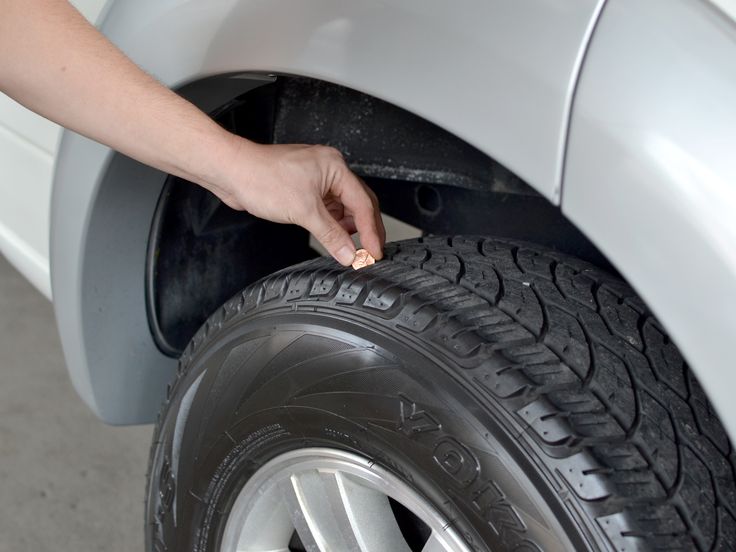 All you need is a supply of tires, a tire shredder and customers to buy your shredded rubber.
All you need is a supply of tires, a tire shredder and customers to buy your shredded rubber.
A tire shredding machine is a necessary utility for domestic purposes as well as business purposes. Having a tire shredder will help free up space as well as find a parallel way to reuse your waste tires.
Erich Lawson blogs for Compactor Management Company
Read More
IN DEPTH: Dutch Tyre Recycler Closes the Loop on Carbon Black
The closed loop recycling of the carbon black has not previously taken off at commercial scale. Dutch firm Black Bear Carbon could be about to change that.
Egg Heads at Ohio State University Recycling Food Waste into Carbon Black for Tyres
Researchers at Ohio State University are recycling food waste to partially replace the carbon black that has been used in manufacturing tyres for more than a century
Agricultural & Mining Tyres to be Recycled into Diesel & Carbon in Western Australia
Perth, Australia based Tytec Recycling is to open a facility that will turn difficult to recycle off the road (OTR) tyres used in applications such mining and agriculture into energy.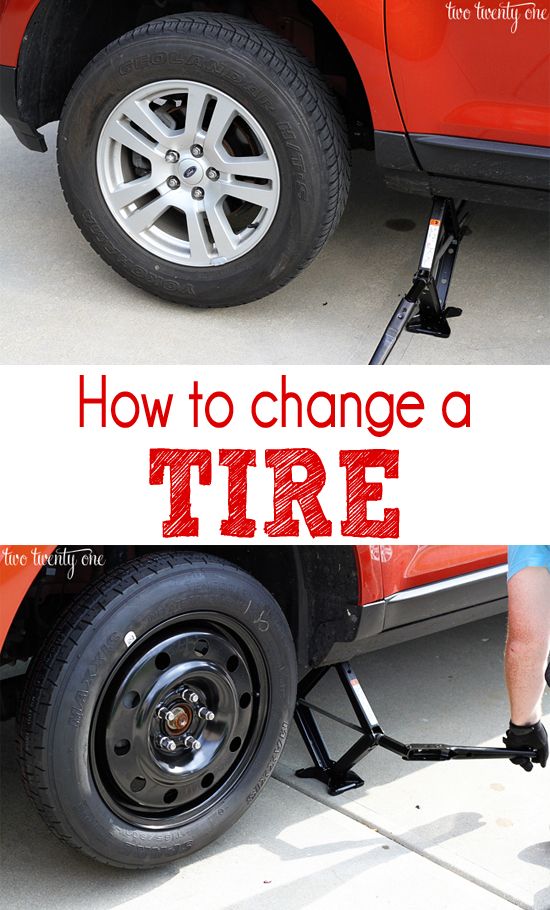
Most often, we ourselves are to blame for the fact that the tires become unusable. But this can be avoided.
You have never seen such tires: even the police were surprised
In the process of using the tires, various damages can occur, most of which are the fault of the driver. As a result, rubber is wasted, and since the law prohibits the use of different tire models on the same axle, you have to spend money on replacing the second tire.
The most common damage is puncture . This is the most harmless type of damage, but only if you notice it in time and repair it right away. It is absolutely impossible to drive on a flat tire, even a couple of meters! The damage caused by running on a flat tire or low pressure is catastrophic. This causes the sidewalls to deform more than they should, which is why the tire overheats, delaminates, and the carcass becomes unusable due to broken cords.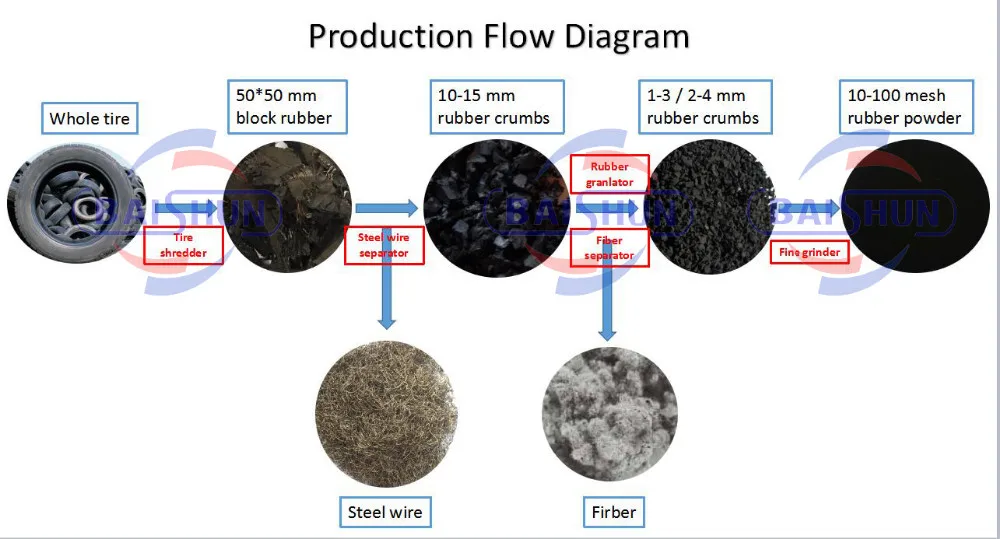 As a result, the tire will have to be thrown out. In addition, the edge of the rim can also be damaged.
As a result, the tire will have to be thrown out. In addition, the edge of the rim can also be damaged.
There are two types of punctures: with and without cord damage. To determine this, it is necessary to remove what pierced it. If the edges of the puncture tightly converge, then the cord is not damaged and it will be possible to repair the tire without removing it from the disk. Otherwise, if the edges do not converge, you will have to disassemble the wheel and make repairs to strengthen the frame from the inside. Alternatively, in the field and in the absence of a spare wheel, such a puncture can be repaired without removing the tire from the disk, after which you can carefully drive to a tire fitting or garage and make a full repair.
Is it possible to inflate a wheel without a compressor - the experiment "Behind the wheel"
When repairing, the puncture site must be cleaned and marked. Further, it all depends on what kind of repair kit you have - as a rule, instructions are attached to them. There are sealants that are poured into the tire through the nipple, after which the wheel turns with the puncture down and the substance seals the hole. Repair with a tourniquet or insert is somewhat more complicated, but also more durable: the edges of the hole are polished with a special tool, after which the tourniquet treated with a special compound must be inserted into the tire through a puncture with a special awl, pulled out (not completely) out and cut flush with the surface.
There are sealants that are poured into the tire through the nipple, after which the wheel turns with the puncture down and the substance seals the hole. Repair with a tourniquet or insert is somewhat more complicated, but also more durable: the edges of the hole are polished with a special tool, after which the tourniquet treated with a special compound must be inserted into the tire through a puncture with a special awl, pulled out (not completely) out and cut flush with the surface.
In case of cord damage due to a puncture, the tire must be removed from the rim in order to install a reinforced patch with additional cord on its inner surface. One of the sides of such patches has an adhesive layer that promotes cold vulcanization. After such a repair, wheel balancing will be required. To seal punctures from the inside, patches in the form of a mushroom are also used, with a leg that goes into the puncture. Such patches are also covered with a special adhesive composition for cold vulcanization.
Cuts or holes , unlike punctures, are not repairable, as they violate the integrity of the frame, which can no longer be strengthened. In addition, breakdowns are always sudden and occur on the go: the tire abruptly loses pressure and before the car comes to a complete stop it has time to make several turns "on the rims", which breaks the cord and destroys the layers. It is not recommended to use such a weakened tire, even if it was possible to repair and strengthen the rupture or cut, in the future.
8 tire storage rules - do you follow them all?
Incorrect storage of tires can cause cracks . The danger of such damage is that moisture enters the cord through cracks, which renders the frame unusable. In addition, air can escape through cracks. Unfortunately, cracks are not repairable, and tires with them will not last long: sooner or later they will deform, become covered with swellings due to rusted and torn cord or because of driving with pressure below the recommended one.
Blisters or bulges can appear on a tire for a variety of reasons - it always happens due to a broken cord or delamination in the carcass. In the first case, an obstacle was hit and the impact broke the cord or the cord was cut through with a sharp object. In the second case, there is no damage on or near the hernia, which means that it appeared either due to a factory defect, or due to frequent driving with pressure below the recommended one. The danger of hernias is that they can explode at any time and provoke a skid, which will lead to an accident. If there is nothing to replace a tire with a hernia, then it is better to rearrange it to the rear axle and drive very carefully. Like fissures, a hernia cannot be repaired. Sometimes small blisters resulting from impacts or cuts are reinforced with reinforced patches, but there is no guarantee that the tire will not explode. Therefore, tires with hernias are recommended to be replaced immediately.
Tire blackening - 6 ways to polish your tires.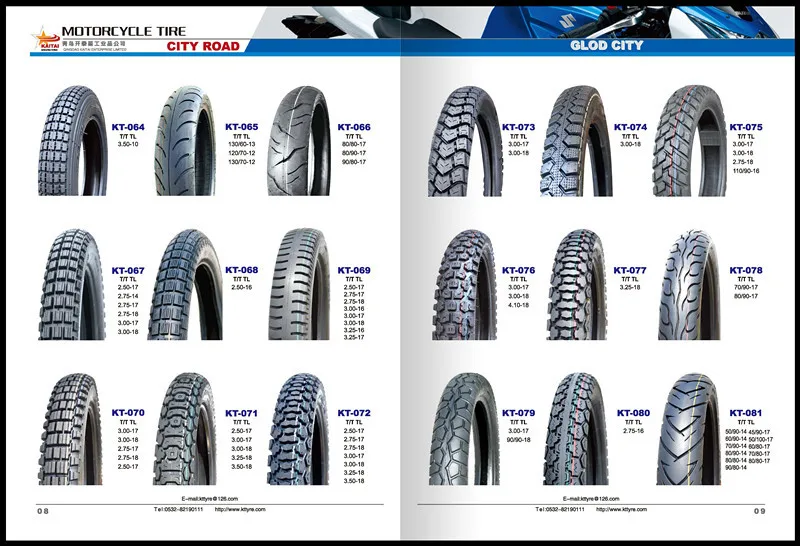 Inexpensive!
Inexpensive!
Tire sidewalls can be damaged by rubbing against curbstones or the asphalt edge when driving over the side of the road. If you are prone to such a driving style, then it is recommended to inspect the inner and outer sidewalls from time to time and, if abrasion is found, swap the wheels in order to prevent the cord from being exposed - the rubber thickness on the sidewalls is small (1.5-3 mm), and it can be rubbed to the frame very quickly.
Often the cause of tire damage can be poor-quality tire fitting , during which the bead ring was damaged. In this case, the tire loses its geometry and “sits” crookedly on the disk - it writes “eights” during rotation, and lateral vibration appears during the ride. It is impossible to repair such a tire - you need to replace it with a serviceable one as soon as possible, until it damages the suspension: traction, hubs and bearings.
You can find out whether you use tires correctly and what invisible damage they have received by the characteristic wear of the tread, the varieties of which are collected for convenience in the table:
Shoulder wear on both sides
Driving with less than recommended tire pressure.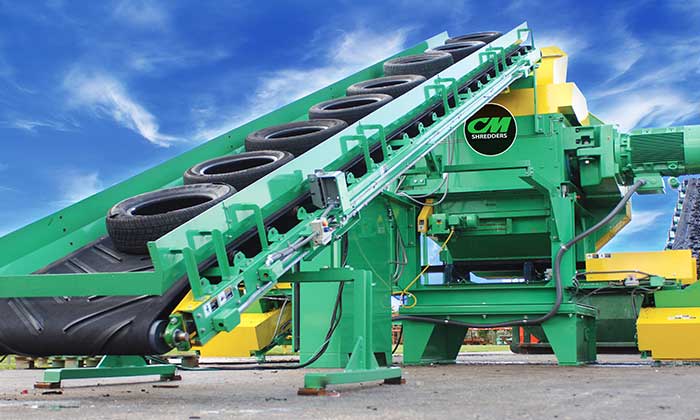
Inflate the tires to the pressure recommended by the automaker (a plate with recommendations is attached in the driver's door opening) and find the cause of the fall: puncture, cracks, hernia, nipple, rust on the rim of the disc in the place where the tire fits, etc.
Center wear
Tire pressure too high.
Reduce the pressure to the recommended (indicated on the tablet in the doorway of the driver)
Distance in the form of rings and furrows
can be found on trailers or rear wheels of pickups and vans due to vibrations and vibrations and vibrations and vibrations and vibrations due bouncing at high speeds.
Changing wheels on a loaded axle to equalize wear, driving with a heavier load.
Chipped wear with cuts
Frequent wheel spin on rocky surfaces.
Move the wheels to a non-driving axle, use the gas pedal more carefully when starting to move.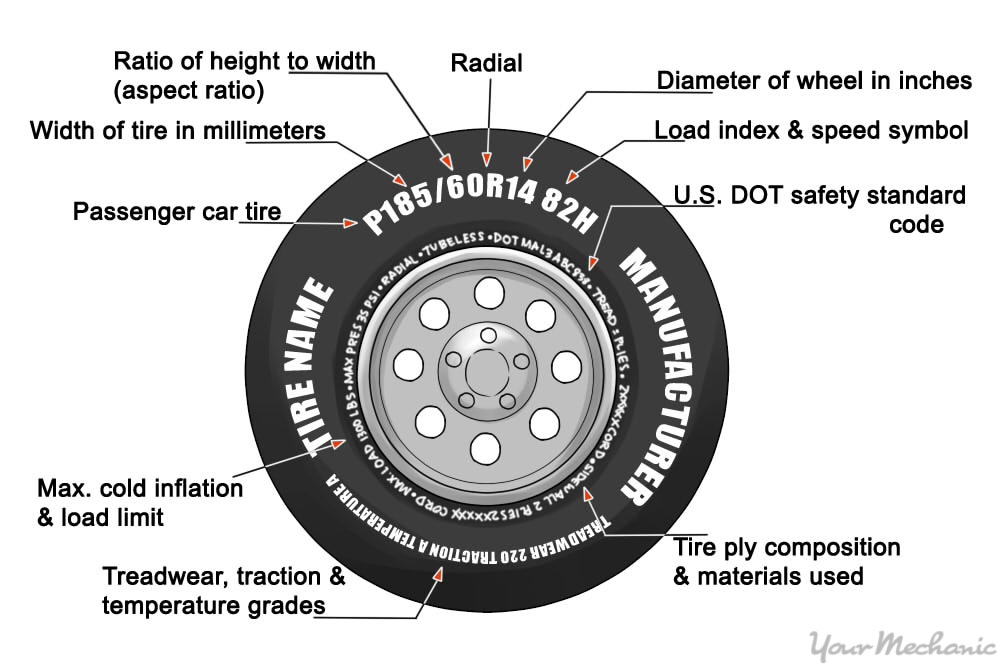
Photo: Petr Urbanek / Unsplash
Have you ever seen a tire explode? This is truly an extreme spectacle, especially when it comes to freight transport. Exploding on the move, pieces of the tire of the road train scatter in different directions, causing damage to passing and oncoming cars. Rubber on passenger cars is also prone to explosions. What happens in such a situation? A broken wheel violates directional stability and causes the car to skid if it is moving fast. Why do wheels break?
Very rarely, the tire may explode during inflation. Such cases happen in tire shops, after poor-quality beading.
A tire can't explode just like that. There may be various reasons for this. The main factors of rubber explosion are:
There may be various reasons for this. The main factors of rubber explosion are:
 If tires are used in violation of the permissible load, which is determined by the index from the wheel manufacturer, then the wheel may not withstand the extra load and explode.
If tires are used in violation of the permissible load, which is determined by the index from the wheel manufacturer, then the wheel may not withstand the extra load and explode.
As you can see, almost all negative factors, except for a puncture, can be eliminated on your own. It is enough to monitor the condition of the wheels and choose the right tires for the operating conditions.
Any driver can be in a dangerous situation when a tire explodes while driving. What actions need to be taken? The main thing is not to panic. Hold the steering wheel firmly and do not try to change lanes at speed. You should slow down and pull over to the side of the road. This will not be difficult if the speed limit has been observed. After that, you should dismantle the damaged wheel and inspect the niche and bottom of the car. The fact is that pieces of rubber can interrupt the brake hose or brake pipes, as well as damage the fuel line.